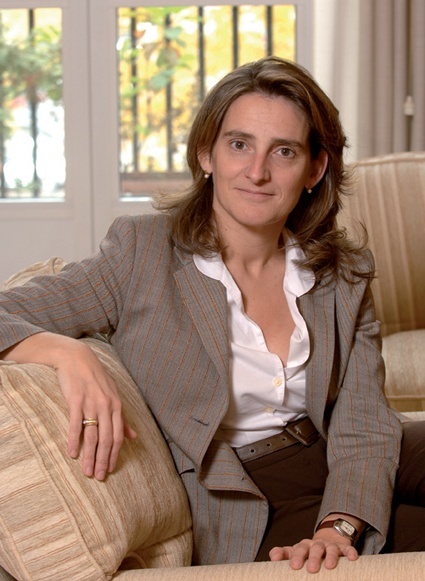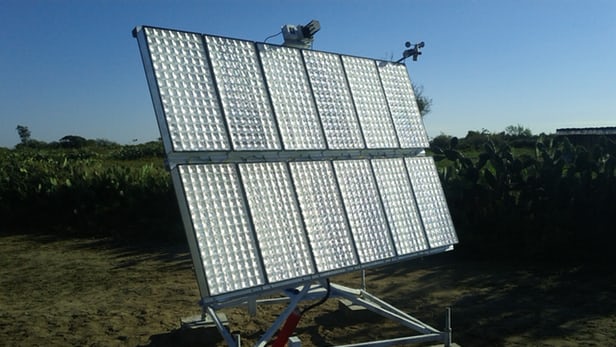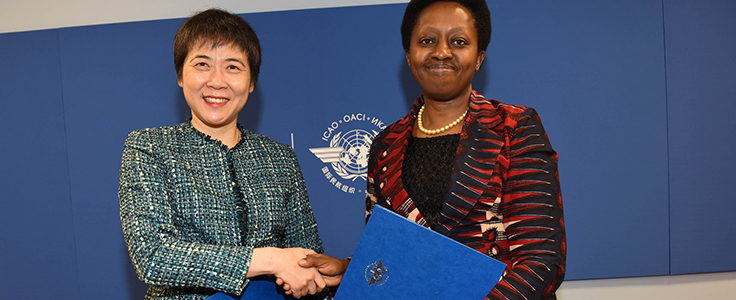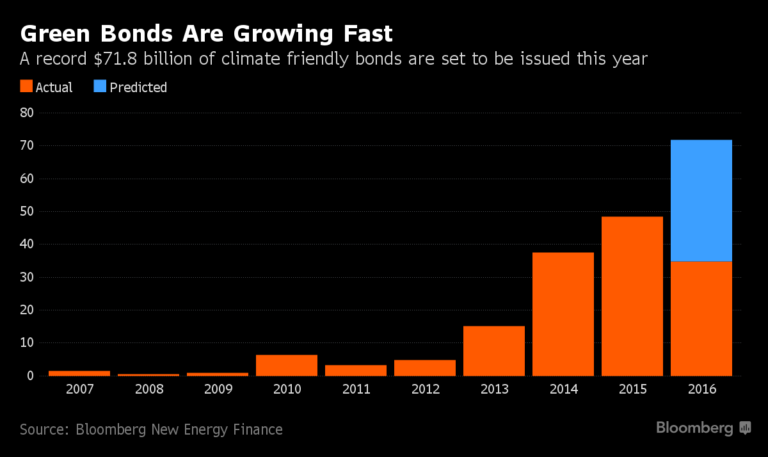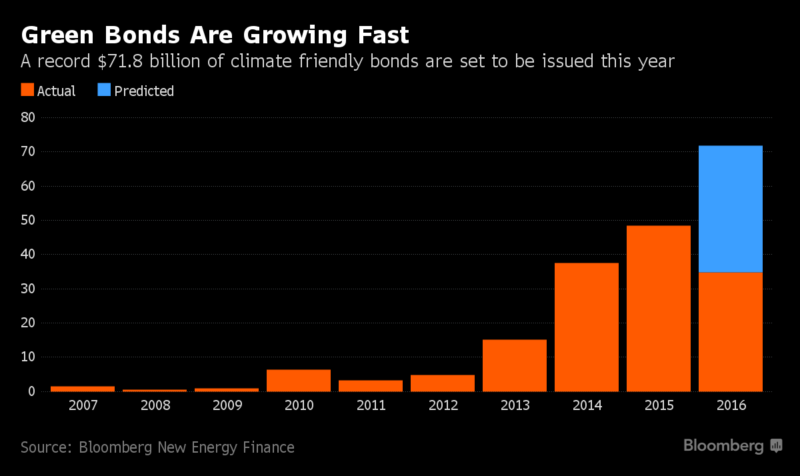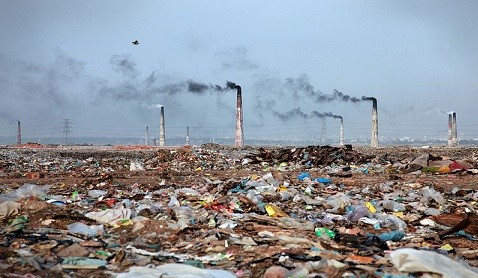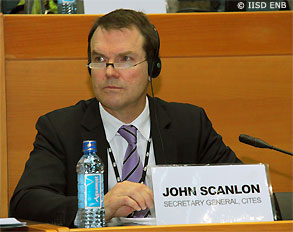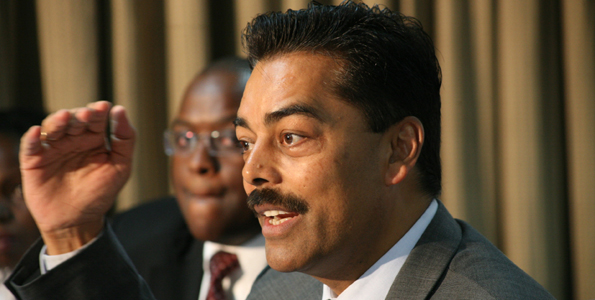Finance Minister, Mrs. Kemi Adeosun, has disclosed that the N500 billion housing funding approved by the National Executive Council last week will stimulate economic activities and return the economy to the path of growth.

Adeosun told journalists in her office in Abuja recently that a mass housing scheme that would make Nigerians become homeowners under a mortgage arrangement would commence in the next three to four weeks.
She said that, under the initiative known as the “Family Home Fund”, the sum of N500 billion had been earmarked to create mortgages for affordable houses for Nigerians, starting with the construction of 100,000 houses annually from next year.
According to her, the housing fund is expected to increase from N500 billion to N1 trillion to make it possible for the government, through the private sector, to deliver about 400,000 houses annually through mortgages.
The mortgage, according to her, would be created at a single digit interest rate of 9.99 per cent payable in 20 years, with homeowners making an initial deposit of 10 per cent. She said the low and middle-income earners would benefit more from the scheme as about 70 per cent of the houses would be given out for between N2.5 million and N4.5 million depending on the type.
Adeosun said, “We have done a lot of work around how we can bring down the cost. The tag is N2.5 million and it is a house you can move into. So, we are bringing down the cost.
“These are affordable houses for Nigerians; the scheme is going to be linked with the BVN. One house per person; so, you cannot buy the house and rent it to somebody else,” she added.

